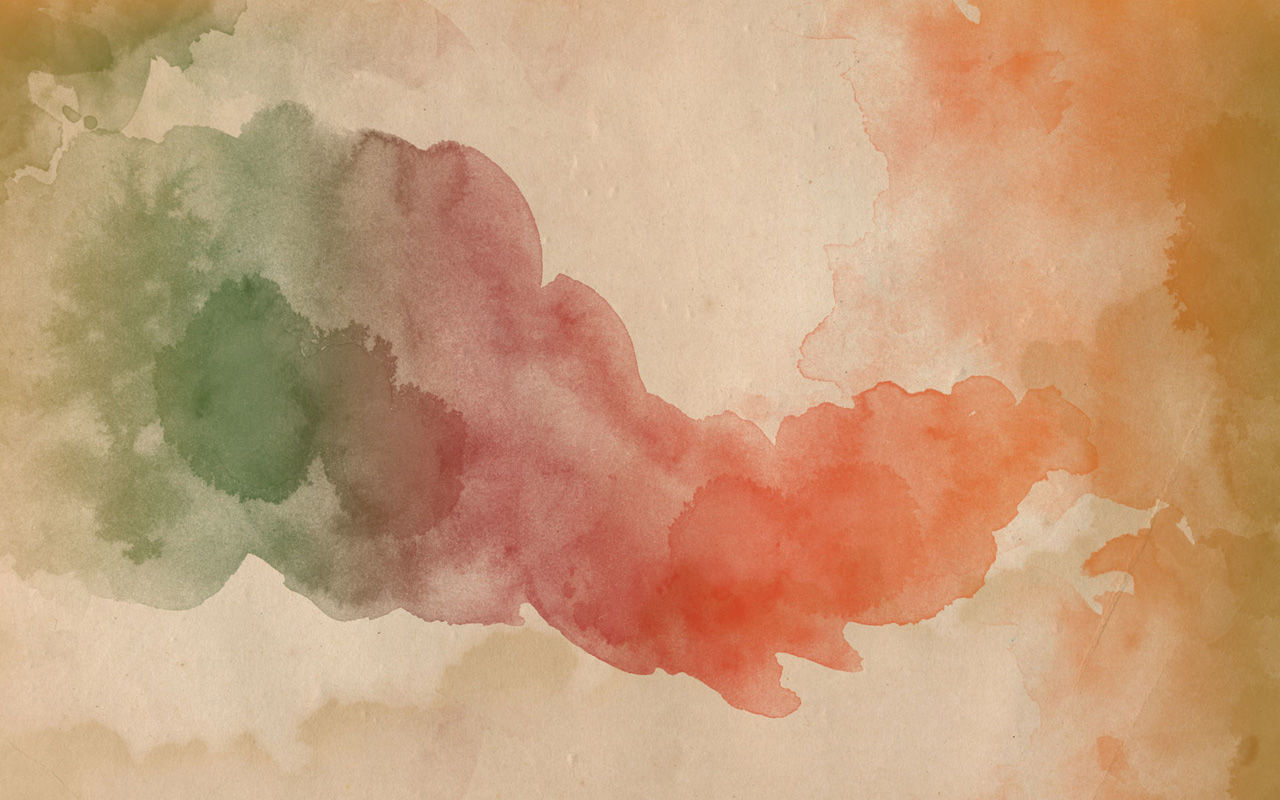
LGBT REPRESENTATION IN YA FANTASY
GRACELING SERIES



Graceling is Kristin Cashore's debut novel, and creates a world in which a small percentage of the population is Graced with a preternatural talent of varying type and degree. Gracelings are marked by their heterochromia, in which the iris of one eye is different from the other. Katsa, the heroine, is Graced with fighting and killing, and has been carrying out her uncle's dirty work since she was a child. But when a handsome stranger enlists her help in rescuing his kidnapped grandfather, she realizes that her Grace is good for more than just contract killing; it will help her unravel a sinister conspiracy and overthrow a terrifying despot. There are mulitple gay supporting characters in Graceling, but it's subtle, almost blink-and-you'll-miss-it. Cashore doesn't want to turn the novel into an examination of her characters' love lives, but she does end up kind of putting them in the closet in Graceling. She includes her LGBT characters much more obviously and openly in her later novels.
Fire is a prequel/companion novel to Graceling, and takes place in a kingdom that is separated from the seven kingdoms of Graceling by a range of nigh-impassable mountains. In Fire's land, the Dells, instead of Gracelings, there are monsters, who are impossibly, distractingly beautiful creatures who can influence the minds of those around them. Fire, the main character, is the last human monster, and while all she wants is to be left in peace where her beauty can't cause anyone harm, the royal family enlists her help to defend against brewing civil war. Fire herself is bisexual, as are . In contrast to the kingdoms of Graceling, the Dells enjoy an absence of homophobia and heternormativity. Same-sex love affiars and marriages are totally normalized. Themes of love and sexuality are important in specific situations, though they tend to play second fiddle to themes of legacy and human nature as Fire and her friends try to come to terms with the sins of their fathers.
Bitterblue, the third book in the series, picks up eight years after the events of Graceling nad follows Bitterblue, one of the secondary characters in Graceling. Bitterblue, now queen, must learn to navigate her country's dark past under her father's power-mad, sadistic rule, and also craft for it a brighter future. Like both the previous novels, it thinks heavily about themes of legacy and choice, about trying to be better than previous generations. It includes many of the characters of Graceling, as well as introducing several new ones Cashore foregrounds her LGBT characters much more in Bitterblue than she did in the previous two novels, and also thinks about some fantasy genre and worldbuilding questions with regards to those characters. One of the couples is a prince and his lover, and the novels bring up, though never resolve, the question of how inheritance in a patrilineal society would be affected by a gay couple. Fire makes an appeareance near the end of the novel, as well, and the novel compares the two lands in terms of normalized gay relationships versus a heteronormative model.